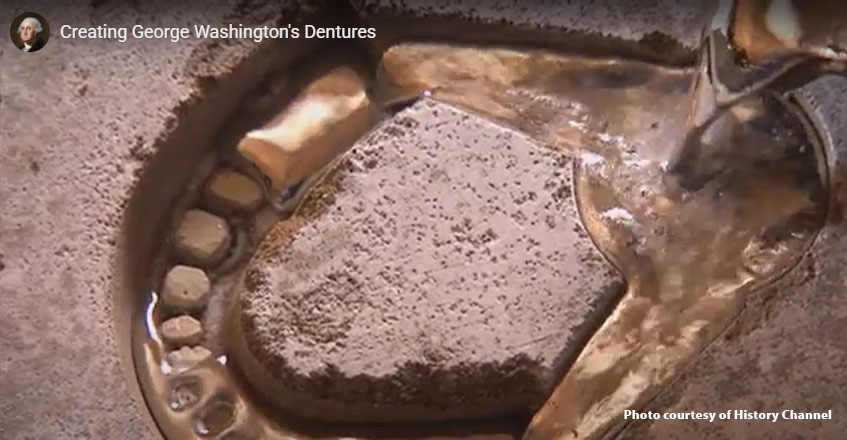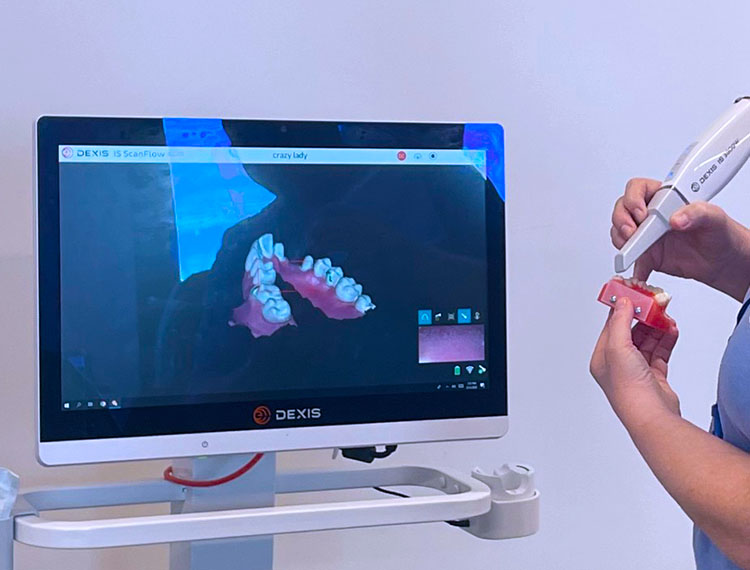The Lincoln Memorial University-College of Dental Medicine takes your privacy seriously, and we are committed to protecting it. Personal information (i.e. your name, address, telephone number, social security number, credit card information, etc.) is collected mainly through your voluntary submission of such information via the web site, e-mail, telephone, fax or mail.
The names and contact information on this website are published to facilitate contact among those registered for an event. It is not intended, and we request that it not be used, for commercial purposes.
Security
Access to your personal information is strictly controlled by a limited number of Continuing Dental Education staff. The staff are required to keep your personal information confidential and to use that information only to carry out services on behalf of the Continuing Dental Education Office.
Uses
Your personal information may be used to contact you. This contact may be in the form of a follow-up telephone call about information we have sent or by email to inform you of news about current registration status or upcoming event information.
Contact Us
You may request at any time to have your name removed from our database, to update your personal information, or to inquire about the information the Continuing Dental Education Office has in its database about you. You may do this the following ways:
• via email to Martha.Gale@LMUnet.edu
• via letter to: LMU-CDM Continuing Education Office, 1705 St. Mary’s Street, Knoxville, TN 37917
• via telephone at 865-567-3552
Standards of both the ADA CERP Program Approval for Continuing Education (ADA CERP) and the AGD Program Approval for Continuing Education (AGD Pace) require that providers ensure scientifically sound continuing education. To comply with the standards related to the scientific content of continuing education programs, the Continuing Dental Education Office at The Lincoln Memorial University-College of Dental Medicine has adopted the following policies:
- Instructors are responsible for ensuring that clinical and technical continuing education activities have a sound scientific basis and proven clinical efficacy in order to promote public safety.
- Instructors must support clinical recommendations with reference to the scientific literature whenever possible. In instances where scientific evidence for new or accepted dental procedures is emerging, uncertain or limited, the instructor must ensure that the level of scientific evidence that is available is presented, in addition to the known benefits and risks associated with the course subject matter.
- Instructors should caution participants about the potential risks of using limited knowledge when integrating new techniques into their practice.
- Instructors must attest that the images used in the CE activity have not been falsified to misrepresent treatment outcomes.
- Instructors who offer the same course on an ongoing or repeated basis must periodically review the course content and update as needed to insure that it includes current scientific information and an assessment of risks and benefits.
Tuition must be paid in full at the time of registration unless otherwise noted. We accept Visa or MasterCard. Tuition for no-shows will be forfeited, no exceptions.
Tuition is completely refundable if a course is canceled by the Continuing Dental Education department, or if the registrant cancels more than 30 days prior to the course. For cancellations made less than one month prior to the course, the registrant may apply the entire fee to another course or receive a 50% refund. No refund will be given for cancellations made less than 7 days prior to a lecture course or less than 14 days for a hands-on course; tuition may be applied toward a future course. A $50 fee will apply to all cancellations and transfers. No shows will forfeit the full tuition. The University requires proof that checks cleared the bank before refunding tuition paid by check. Tuition paid by credit card will be refunded to the card charged for the tuition. Refunds made to charge cards will incur a 5% surcharge.
Course cancellations must be made in writing. A written request is required to process any refund or transfer of fees. “No Shows” will not qualify for a refund or transfer of fees. It is the responsibility of the participant to contact the Containing Education office to confirm receipt of cancellation request. Failure to do so may result in forfeiture of tuition. Proof of request may be required.
Presentation and Cancellation of Courses
LMU-CDM Continuing Dental Education Office reserves the right to cancel any course, limit enrollment, modify the announced course content, or change the location, time, date, and faculty of any course as may be deemed necessary or advisable.
We encourage you to register early. This will enable us to protect course enrollment and avoid an unnecessary cancellation of a course. In the event that the College of Dental Medicine feels it is necessary to cancel a program, a full refund of the tuition will be granted. Attempts to contact all registrants will be made at the time cancellation is determined.
LMU-CDM Programs cannot be responsible for the refund of any part of the tuition, costs of travel, or lodging as a result of unforeseen circumstances or events beyond its control.
New Knowledge Related to Dental Practice
Dental educational institutions have an obligation to disseminate new knowledge related to dental practice. In so doing, some presentations may include controversial materials or commercial references. Participants are cautioned about the potential risks of using limited knowledge when incorporating techniques and procedures into their practices, especially when the course has not provided them with supervised clinical experience in the technique or procedure to ensure that they have attained competence. Sponsorship or partial sponsorship of a continuing education course by the LMU-CDM Continuing Dental Education Office does not necessarily imply endorsement of a particular philosophy, procedure, or product. Continuing education courses do not necessarily reflect the philosophies of the postdoctoral or postdoctoral training programs. Sponsorship of a continuing education course by the LMU-CDM Continuing Dental Education Office does not imply subject matter, product, or technique endorsement. Courses may include subject matter of an experimental and/or controversial nature. This material is offered to the profession for educational and informational purposes in a spirit of academic freedom.
Weather Emergencies
On rare occasions, inclement weather will necessitate cancellation of programs for that day only. If the University is closed, it will be announced on metropolitan area radio stations as well as the University's web page.
A conflict of interest may be considered to exist if a continuing dental education course speaker is affiliated with, or has financial interest in, any organization(s) that may be co-sponsoring a course. Or a conflict of interest may exist if a speaker is affiliated with or has financial interest in any organization(s) that may have a direct interest in the subject matter of the presentation. Situations involving a potential conflict of interest are not inherently wrong, but the prospective audience must be made aware of the affiliation/financial interest via an acknowledgment in the faculty listing in the program announcement and syllabus.
The intent of this policy is not to prevent a speaker with an affiliation or financial interest from making a presentation. It is intended that any potential conflict be identified openly so that the attendees have full disclosure of the facts and may form their own judgments about the presentation. A reasonable test to guide decisions about what to disclose is whether any particular affiliation could cause embarrassment to the individual or institution involved, or lead to questions about the speaker's motives if such affiliation(s) were made known to the general public.
So that the Continuing Dental Education Office will have the correct information, each course speaker must complete a Conflict of Interest Declaration Form prior to any course.
- All speakers will their disclosures by listing them on the PowerPoint slide after the title slide.
- Speakers will also include the statement below after the list of disclosures on a separate slide.
- “Dental educational institutions have an obligation to disseminate new knowledge related to dental practice. In so doing, some presentations may include controversial materials or commercial references. Sponsorship of a continuing dental education course by The Lincoln Memorial University-College of Dental Medicine and the Continuing Dental Education Office does not necessarily imply endorsement of a particular philosophy, views expressed, procedure, or product by this institution.”
The Health Insurance Portability and Accountability Act (HIPAA) states that patient records and photos used in teaching must be stripped of all “direct identifiers” such as name, address, social security number, patient ID number, identifiable photographic images, etc., or that you have written authorization from the patient to use his/her directly identifiable health information in this way.
The Continuing Dental Education Office requires all presenters participating in a continuing education program, to verify that their presentation materials meet these HIPAA standards. Presentation materials include but are not limited to: handouts, slides, PowerPoint presentations, videos, and reproduction of journal articles.





